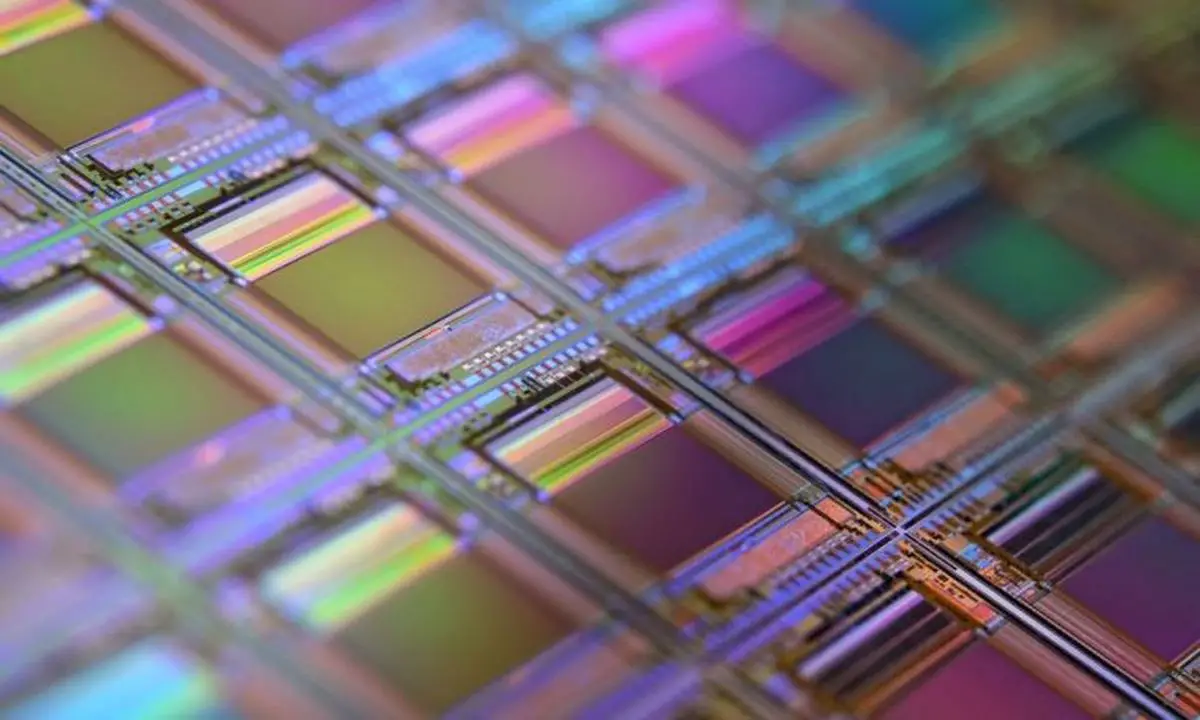Intel brings back Glenn Hinton, a very important engineer. Intel’s next CEO, Pat Gelsinger, recently confirmed that one of his most important objectives at the head of the chip giant will be to design better CPUs, a statement with which the executive pointed directly to Apple, and specifically to its Apple M1 SoC, a chip with which the bitten apple company has set an important precedent that calls into question the dominance of x86 architecture.
To implement his strategy, Intel’s new CEO is aware that he needs all the human talent he can get, and has therefore decided to bring back Glenn Hinton, one of the most important engineers Intel has had in the last 30 years, who until now was retired. We do not know the details that have allowed this hiring, but we assume that Intel’s offer will have been quite interesting.

Glenn Hinton himself has confirmed his return to Intel through an update on his LinkedIn profile, where he has clearly stated that he will return to work on a new project focused on the development of a high-performance processor. This means that Hinton’s main goal will not be to develop an answer to the Apple M1 SoC but to return Intel to the CPU performance crown, both in multithreading and single-threading, a crown that, as many of our readers will know, it lost after the arrival of Zen 3.
Why is Glenn Hinton so important to Intel?
I’m sure our older readers will know at least some of this engineer’s accomplishments, but for those who don’t, let’s take a look at some of the most important ones:
- He participated as one of the lead engineers in the development of the architectures used in the Intel Pentium Pro, Pentium II, and Pentium III processors.
- He was one of the main responsible for the architectures used in the Pentium 4, and also in the Intel Core. The latter marked an important turning point.
- He was also an important pillar in the development of HyperThreading technology, and in the creation of the Nehalem architecture.
With all that on the table, it’s easy to understand why Intel wanted to bring Glenn Hinton back.
Glenn Hinton, although it leaves us with two important questions. The first is why now, and the second is related to that high-performance CPU project: Will it be a totally new MCM-based design?
Answering the first question is not complicated. Intel has experienced a significant talent drain in recent years, which, in the end, has taken its toll, of that there is no doubt. Recovering that talent is essential to regain the performance crown, and to be able to create better processors.
As for the second question, I firmly believe that Intel will end up making the leap to an MCM design sooner or later, mainly because of all the advantages this represents in terms of cost, wafer yield, and ease of manufacturing process reductions. In this article, we already analyzed the advantages, and disadvantages, of monolithic core designs and MCM designs used by Intel and AMD.





